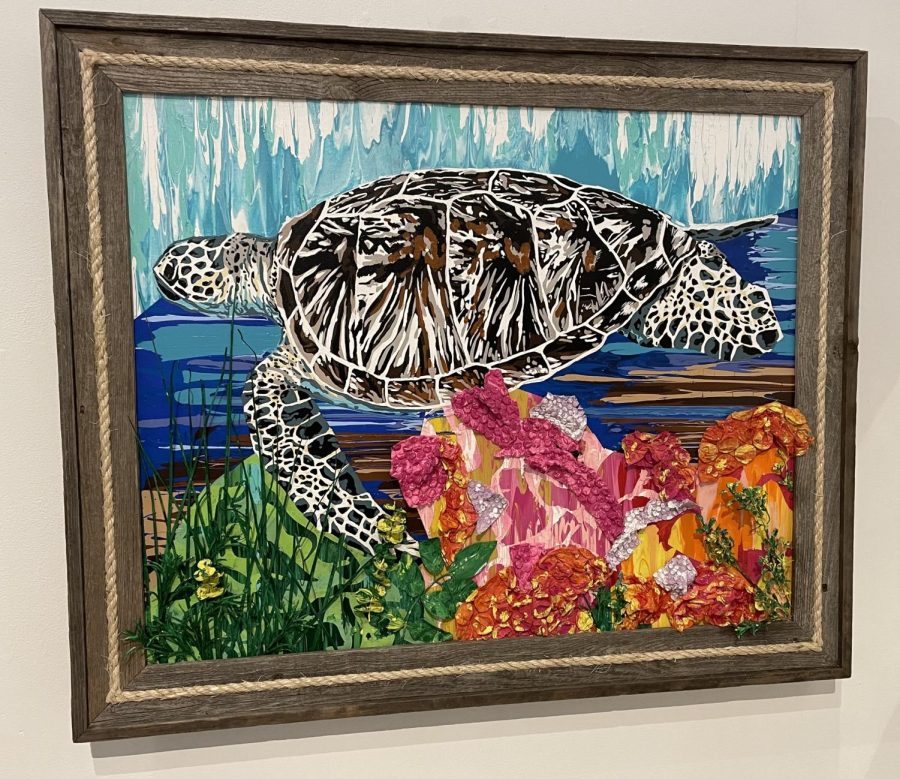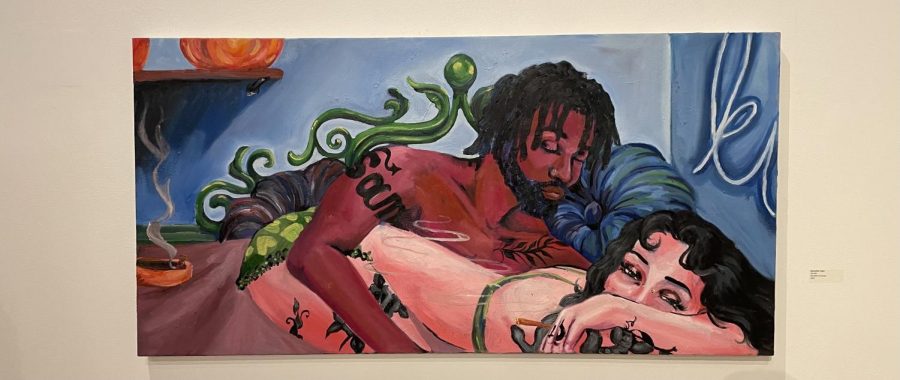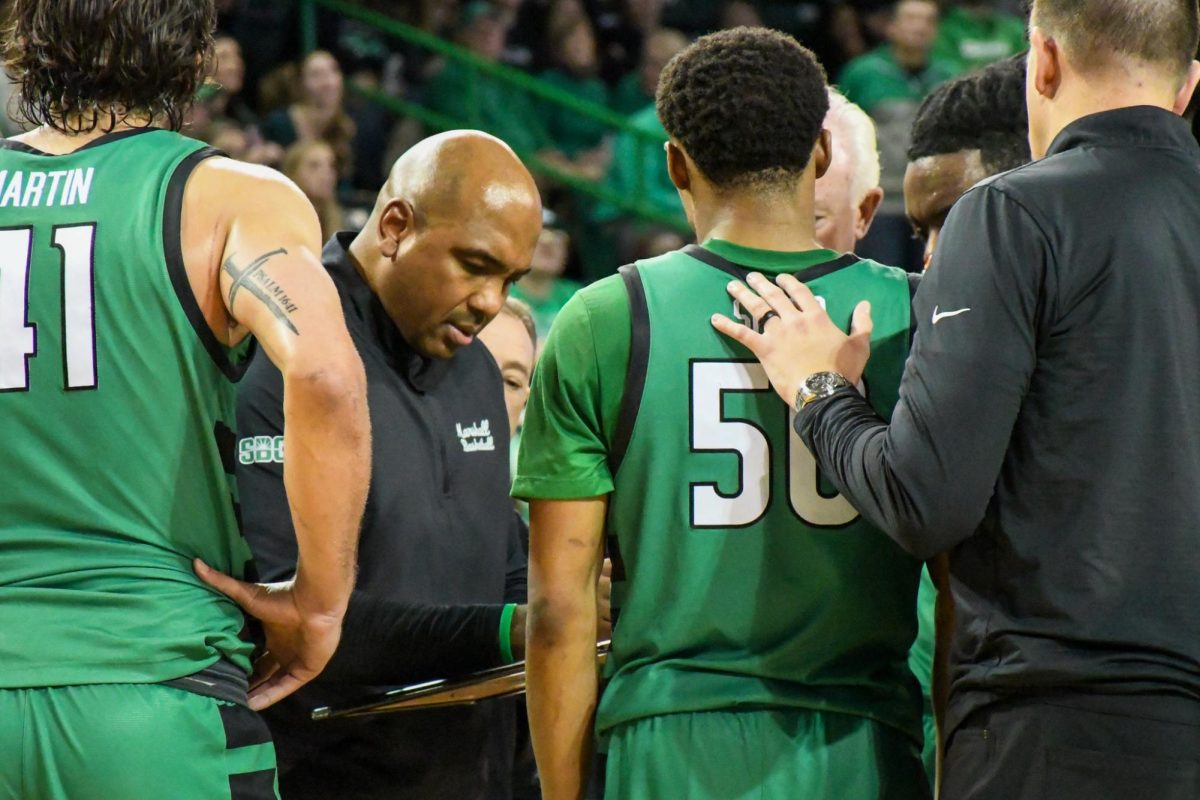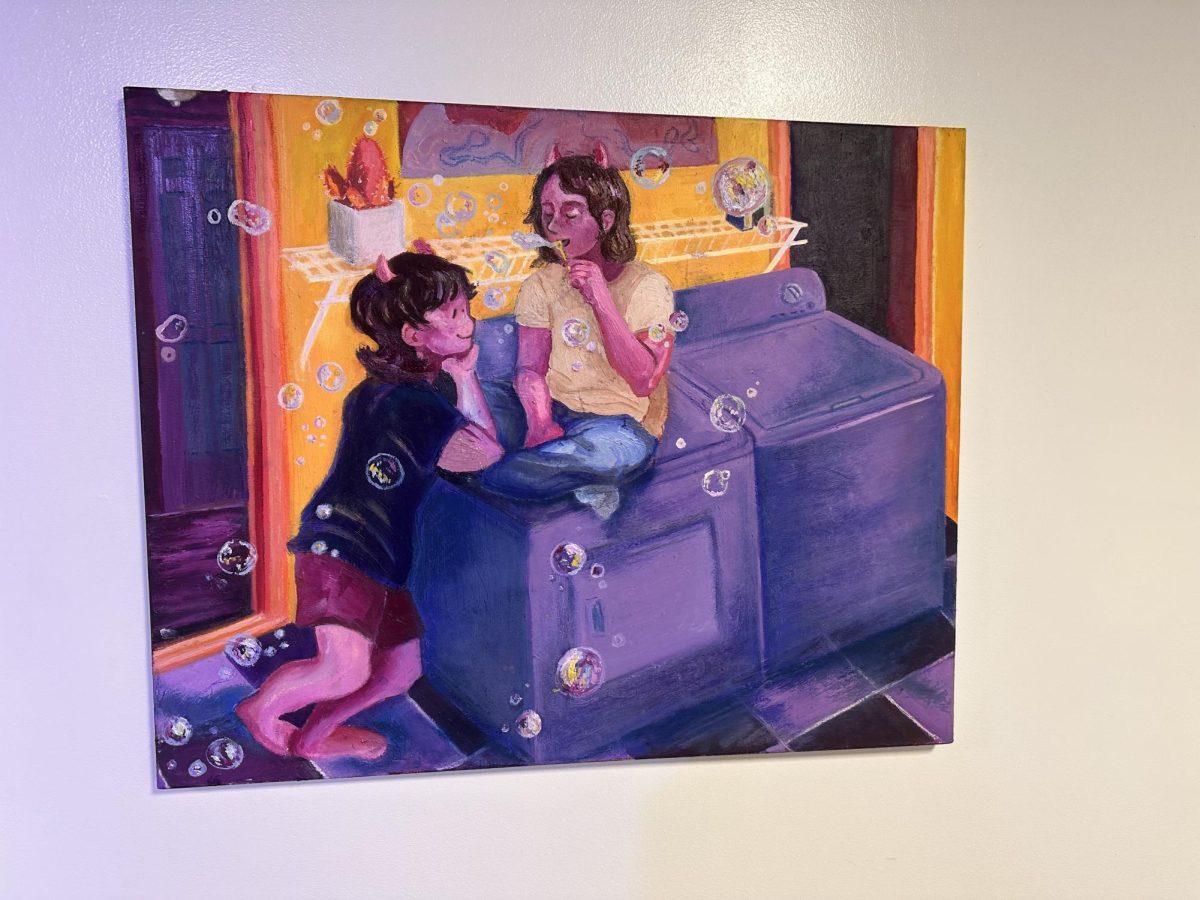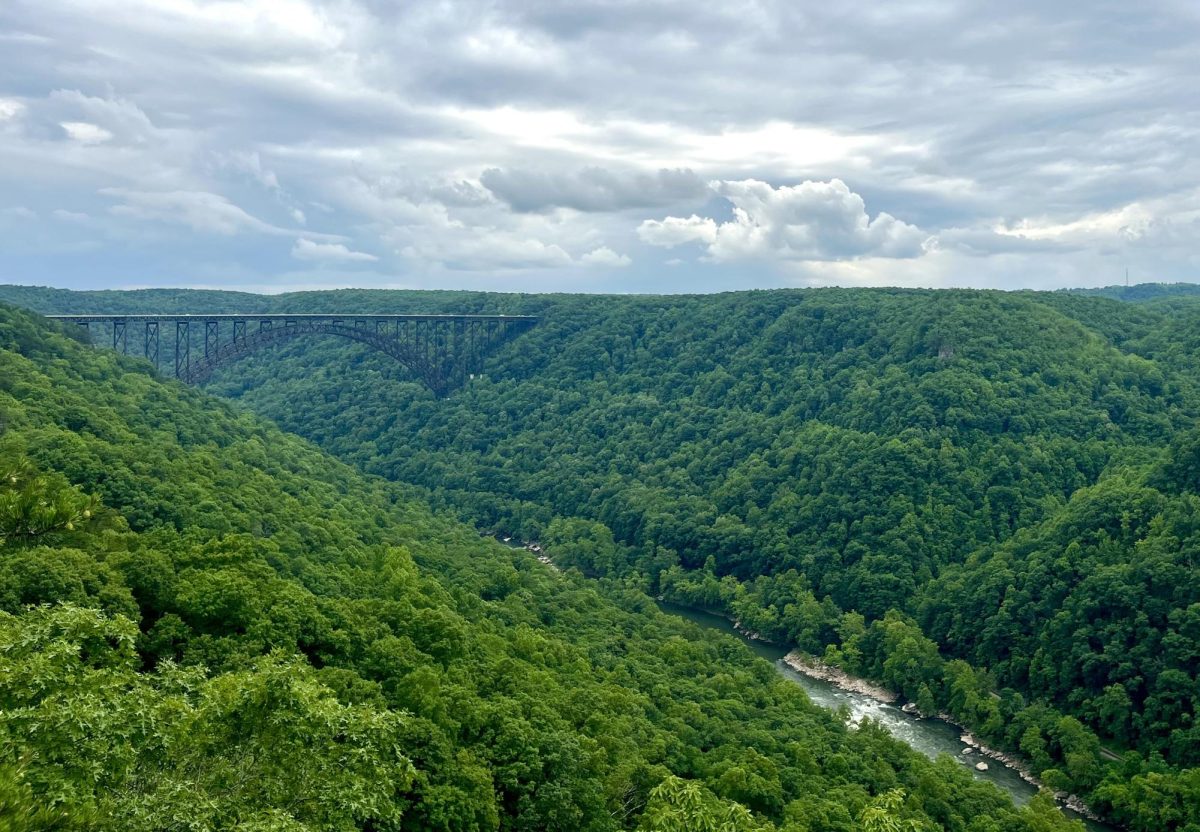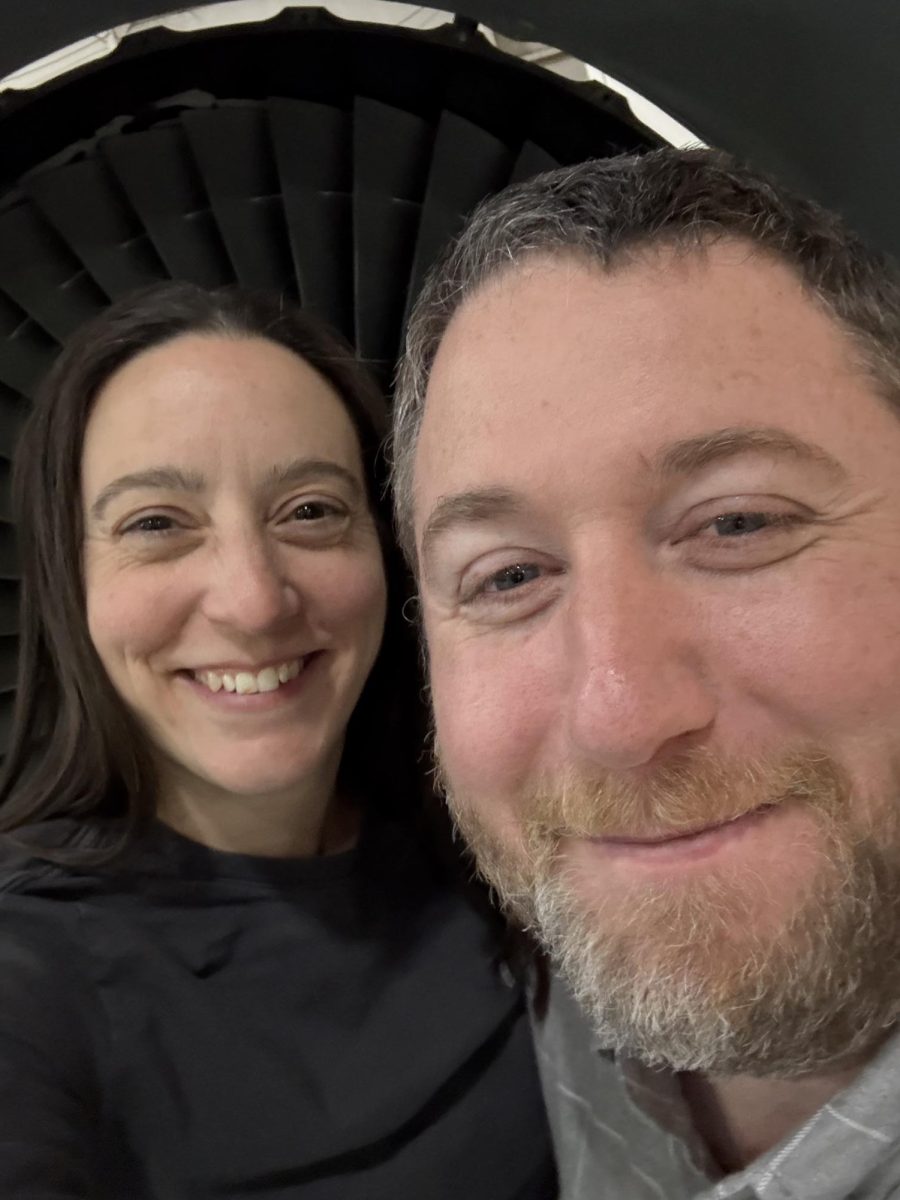First of Four Capstone Exhibits Tackle Modern Concerns
Kemps Ridley Sea Turtle Critical Endangered by Baylee Grueser
April 5, 2023
Sexuality, history, mental health and animal conservation featured as themes in the capstone exhibit hosted at the Marshall University Visual Arts Center on Tuesday, March 28.
Four students took on a topic for their capstone that they had deep connections to. They used different mediums to create several pieces of art throughout the exhibit.
In the piece “Made in Black America: An Abridged History of Black Patent Owners,” capstone student Nicole Carey brought to the public eye the history of inventions patented by African Americans throughout history.
“I wanted to highlight the contributions made by Black people in America, but I didn’t want the selections to feel completely arbitrary. This is why the year each invention was patented became part of the design,” Carey said.
Carey used graphic design and large posters to portray the emotion and information that are both vital to the piece.
“It was important to me that the scale of these posters made the inventors appear to be larger than life,” she said. “I wanted the set to feel like a celebration of their accomplishments as well as being somewhat informational.”
History was also a part of the fixture in artist Samantha Taylor’s work that took inspiration from the sexual revolution of the 1960s.
“My artworks are not just about the human body or its shapes and curves,” Taylor said. “They’re not just mere representations of sexuality or sensuality either. Instead, they are the very essence of sexuality and what the sexual revolution of the 1960s was all about.”
Each piece of Taylor’s art explored the themes and emotions that come along with the conversation of sex in today’s world.
“In my ceramic works, I created pieces that explore ideas of intimacy, vulnerability and ecstasy,” Taylor said. “There is something raw and primal about the feeling of clay in my hands, and I found that this medium lent itself perfectly to the exploration of these emotions and themes.”
While the topic of sex can be risqué and make people uncomfortable, art should be challenging and provocative, according to Taylor.
Meanwhile, mental health also played a key part in this exhibit through the works of Beck Ervine.
“I wanted to work in personal elements along with things that were talked about in my psychology class,” Ervine said. “One of the things that kept coming up was grounding and mental health.”
Ervine went on to say, “Grounding requires you to focus on a detail such as counting numbers or a specific pattern or feeling a specific texture. It acts as a point of reference to calm down and stay focused. I wanted to accomplish that in a very physical way.”
Some of the works look very chaotic, but each painting was done on specific number sets, such as on counts of threes, fours, 10’s and 13’s, according Ervine.
The exhibit also took on more environmental issues through the work of Baylee P. Grueser, which focused on endangered animals.
“I consider my work to be a combination of fine art and environmental science by using paint and mixed media to create recognizable figures,” Grueser said. “I believe it can be used to create a bridge to animal conservation.”
Several different types of tactics used by Grueser portray the importance of conservation and protecting endangered animals. For example, bright colors were used on these pieces to add a sense of hope to an otherwise depressing theme, according to Grueser.
“The paintings are also roughly the same size as the endangered animals in order to create a strong emotional and physical connection with the viewer,” Grueser said.
Grueser’s work showcased animals of all shapes and sizes from many different corners of the world all of which are in need of protection.
“My hope is that by even one person viewing my work, I can be beneficial to animal conservation,” Grueser said.
This group of artists was the first installment of four groups whose work will be showcased at the Visual Arts Center. In the upcoming weeks, a new group of artists’ work will be displayed for the public to view.


